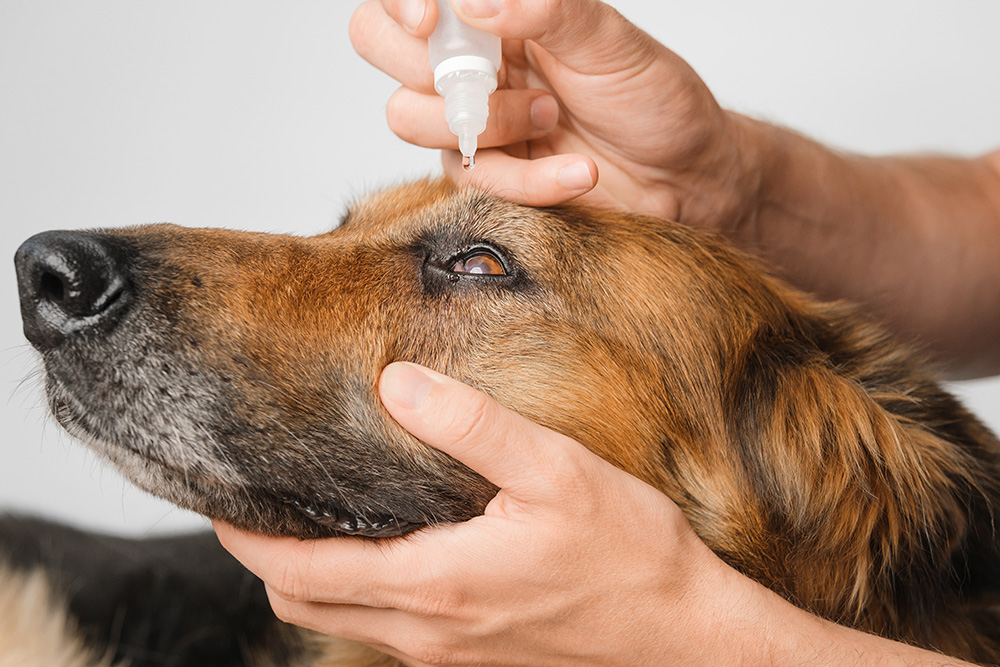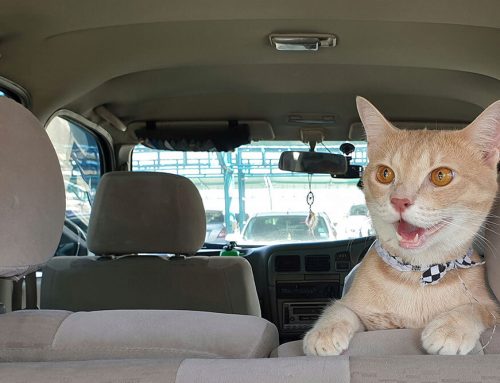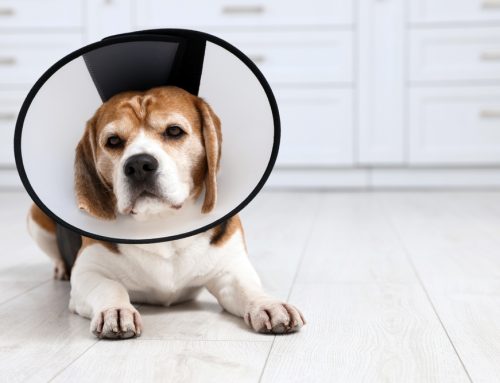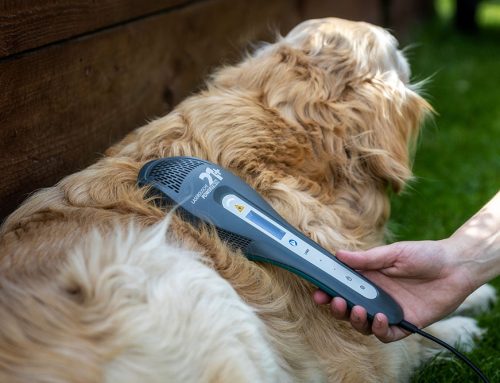Understanding Pet Eye Health: A Guide from Pinedale Animal Hospital
At Pinedale Animal Hospital in Pinedale, Wyoming, we understand that your pet’s eye health plays a vital role in their quality of life. From detecting hazards to navigating their environment, vision is central to your pet’s comfort and safety. Left untreated, eye conditions can lead to chronic discomfort, behavioral changes, or permanent vision loss. That’s why our team prioritizes preventive care, early detection, and expert treatment for eye issues in pets.
Why Eye Health Matters
Eye conditions aren’t just localized problems—they can indicate or contribute to broader health concerns. Inflammation, infection, and degenerative diseases can impact not only vision but also your pet’s behavior, mobility, and mood. For example, chronic pain from untreated eye conditions like glaucoma may cause anxiety, reduced appetite, or aggression. Prioritizing eye care ensures your pet remains both comfortable and active.
How to Recognize Common Eye Problems in Pets
Signs and Symptoms to Watch For
Catching eye issues early can make all the difference in treatment outcomes. Keep an eye out for the following symptoms:
- Redness or swelling – May indicate conjunctivitis, glaucoma, or trauma.
- Excessive tearing or discharge – Could signal infection or blocked tear ducts.
- Frequent blinking or squinting – A sign of pain, possibly from ulcers or foreign objects.
- Sensitivity to light – Could be related to uveitis or lens dislocation.
- Cloudiness or eye color change – Might suggest cataracts or corneal edema.
- Visible third eyelid – Often a sign of pain or underlying systemic illness.
More details on these conditions can be found through the American College of Veterinary Ophthalmologists (ACVO).
Common Eye Conditions in Dogs and Cats
Understanding what your pet may be facing can help you make informed decisions. Some of the most frequently diagnosed conditions include:
Conjunctivitis
Also known as “pink eye,” conjunctivitis involves inflammation of the conjunctiva and can result from bacteria, viruses, or allergens. Symptoms include redness, discharge, and itchiness.
Corneal Ulcers
A corneal ulcer is a painful erosion of the cornea, often caused by trauma, infection, or dry eye. These require immediate care to prevent complications like scarring or loss of the eye.
Keratoconjunctivitis Sicca (Dry Eye)
Dry eye results from decreased tear production, causing inflammation, discharge, and discomfort. Long-term effects can include corneal damage and chronic infection.
Cataracts vs. Nuclear Sclerosis
Cataracts cause lens opacity and can lead to vision loss or blindness if not treated surgically. It’s important to differentiate from nuclear sclerosis, a normal aging change that causes bluish clouding but rarely affects vision.
Entropion
This condition, where the eyelid rolls inward and irritates the cornea, is common in certain breeds. Learn more from Colorado State’s Veterinary Ophthalmology Service.
Tumors and Growths
Ocular tumors can develop in or around the eye and may be benign or malignant. Prompt diagnosis is critical. See this clinical overview of ocular tumors.
When to Seek Emergency Eye Care
Symptoms That Require Immediate Attention
If your pet shows any of the following signs, contact us or an emergency clinic immediately:
- Sudden blindness – May indicate retinal detachment or acute glaucoma.
- Eye prolapse (bulging eye) – A medical emergency often due to trauma.
- Obvious trauma or bleeding – May involve deeper ocular damage or fractures.
- Severe pain or reluctance to open the eye – Possible sign of corneal ulcers or lens dislocation.
- Rapid swelling or clouding – Can signal infection or intraocular pressure spikes.
For further reading, explore ocular emergencies in dogs and cats and eye emergencies in small animals (Merck).
How We Diagnose and Treat Eye Conditions at Pinedale Animal Hospital
What Happens During an Eye Exam
Our veterinary team uses a combination of tools and techniques to assess your pet’s eye health:
- Fluorescein staining to detect corneal ulcers
- Tonometry to measure intraocular pressure (for glaucoma)
- Ophthalmoscopy to evaluate the retina and optic nerve
- Schirmer tear tests to assess tear production levels
Available Treatment Options
- Medicated eye drops or ointments – Used for infections, inflammation, or tear stimulation
- Surgical interventions – Recommended for cataracts, tumors, or eyelid abnormalities like entropion. In severe cases, enucleation (eye removal) may be recommended for your pet’s long-term comfort.
- Pain management and anti-inflammatory therapies – Ensures your pet’s comfort during recovery
- Nutritional support – Supplements such as omega-3 fatty acids may aid in eye health

Preventing Eye Problems: Daily Care Tips
At-Home Eye Health Best Practices
- Clean gently with a damp cloth or vet-approved wipe to remove buildup.
- Trim hair around the eyes to avoid irritation and infection risk.
- Avoid exposure to dust, debris, or chemicals that can irritate eyes.
- Monitor closely for subtle changes in eye appearance or behavior.
Importance of Routine Exams
Preventive eye care is especially important for pets with breed-specific risks (e.g., Pugs, Shih Tzus, or Persians). Annual checkups—or more frequent visits for senior pets—can help catch issues early and protect long-term vision.
Explore hereditary eye diseases in dogs and feline-specific eye concerns to learn more about your pet’s risk profile.
Support for Lifelong Vision
At Pinedale Animal Hospital, we’re committed to keeping your pets comfortable, healthy, and seeing clearly. Whether you’re noticing mild symptoms or facing a sudden eye emergency, our experienced team provides compassionate, comprehensive care. Come see us today!








Leave A Comment